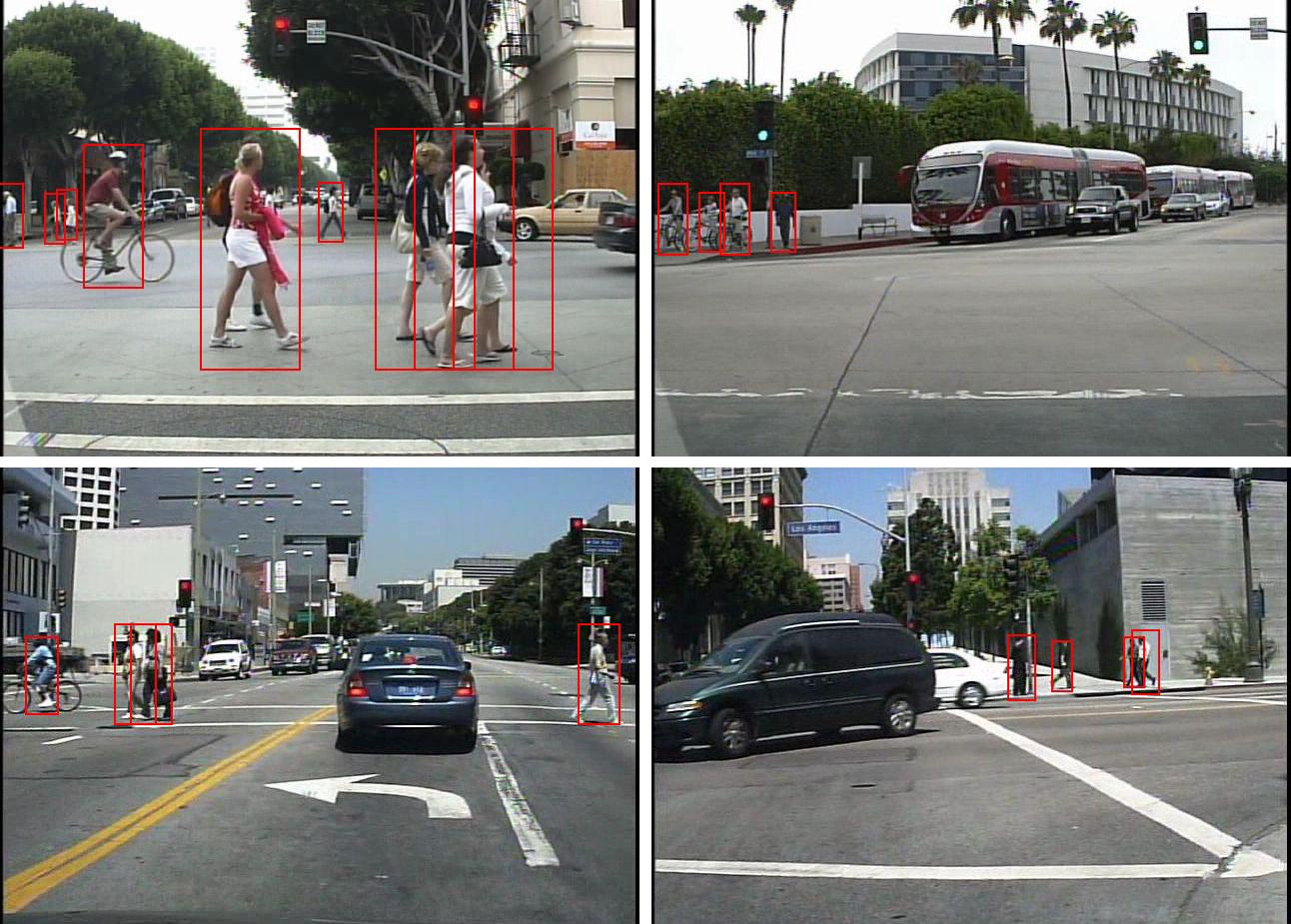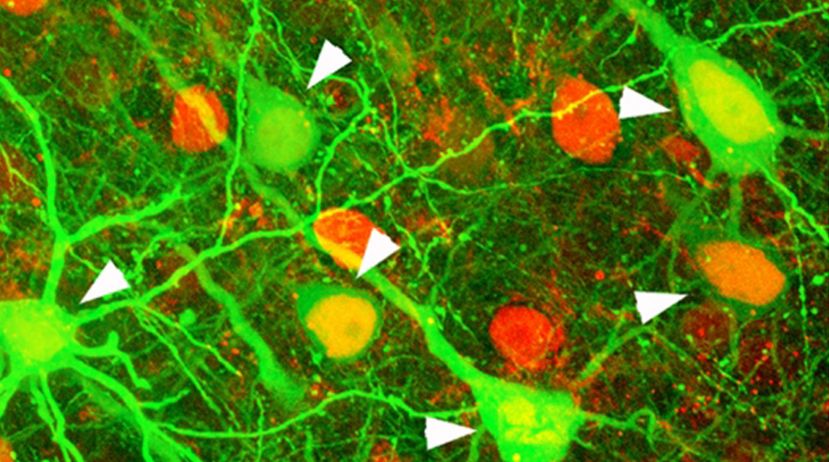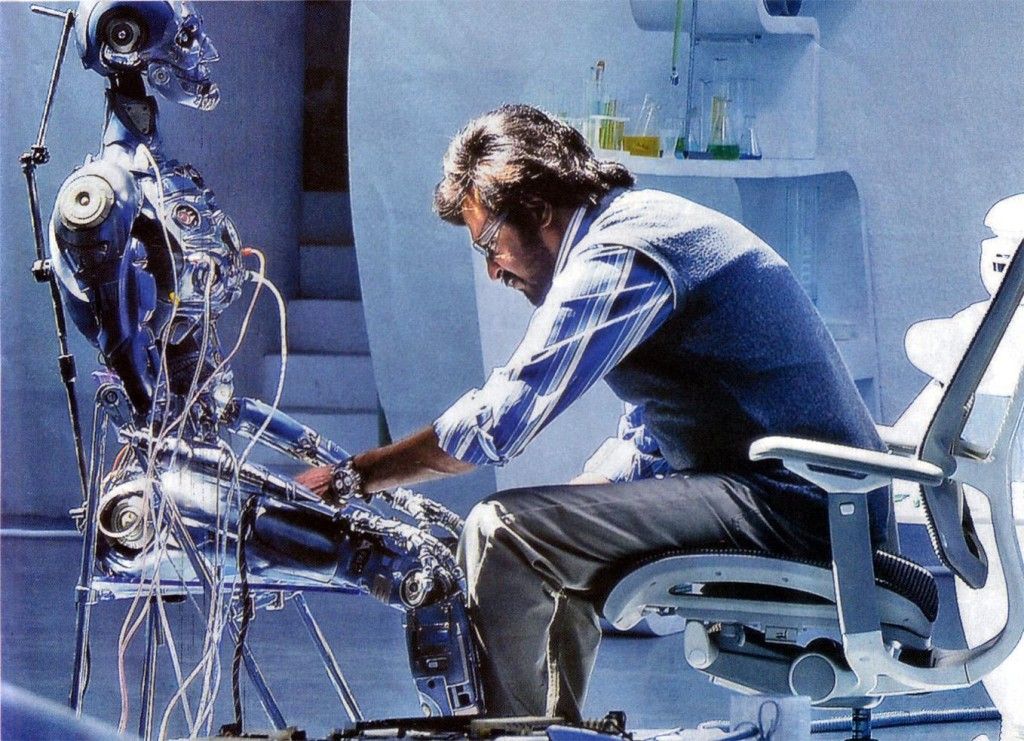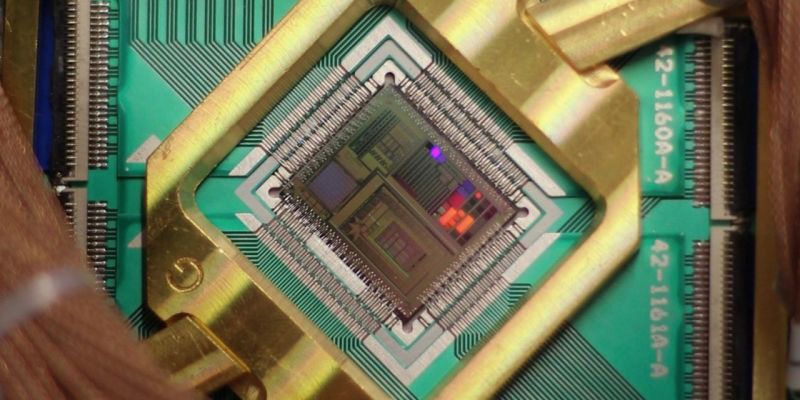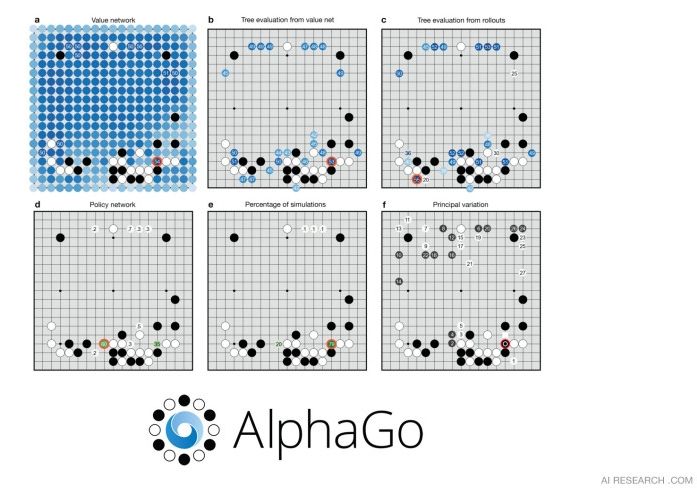![]()
Nice! Robo-advice will be accessed by investors worth $2.2 trillion by 2020, equivalent to 12% of the global retail funds.
If you’re a finance professional, the question you probably get asked most by your friends and acquaintances is “what investments they should make”? That’s the basic question that everyone with money will ask. They may ask the “financial advisor” at their bank, they may turn to Google for advice, they may ask their “friends who work in finance”, or they may listen to recommendations of people they trust. However, individuals with a high net worth will typically seek out a wealth management firm with a brand they trust. But which firm?
Try to Google “top wealth management firms” and the first 5 search results will be a comparison of the top 100 wealth management firms. That’s a very competitive space. How do you differentiate yourself from your 99 competitors who are essentially trying to so the same thing you are? One way is through the use of technology, and as a result we see the rise of “robo advisors”. Here’s the definition of a “robo-advisor” from Investopedia:
A robo-advisor is an online wealth management service that provides automated, algorithm-based portfolio management advice without the use of human financial planners. Robo-advisors use the same software as traditional advisors, but usually only offer portfolio management and do not get involved in more personal aspects of wealth management, such as taxes and retirement or estate planning.
Read more
